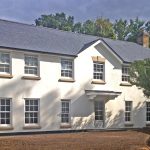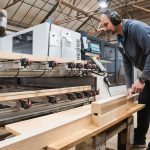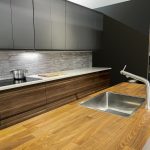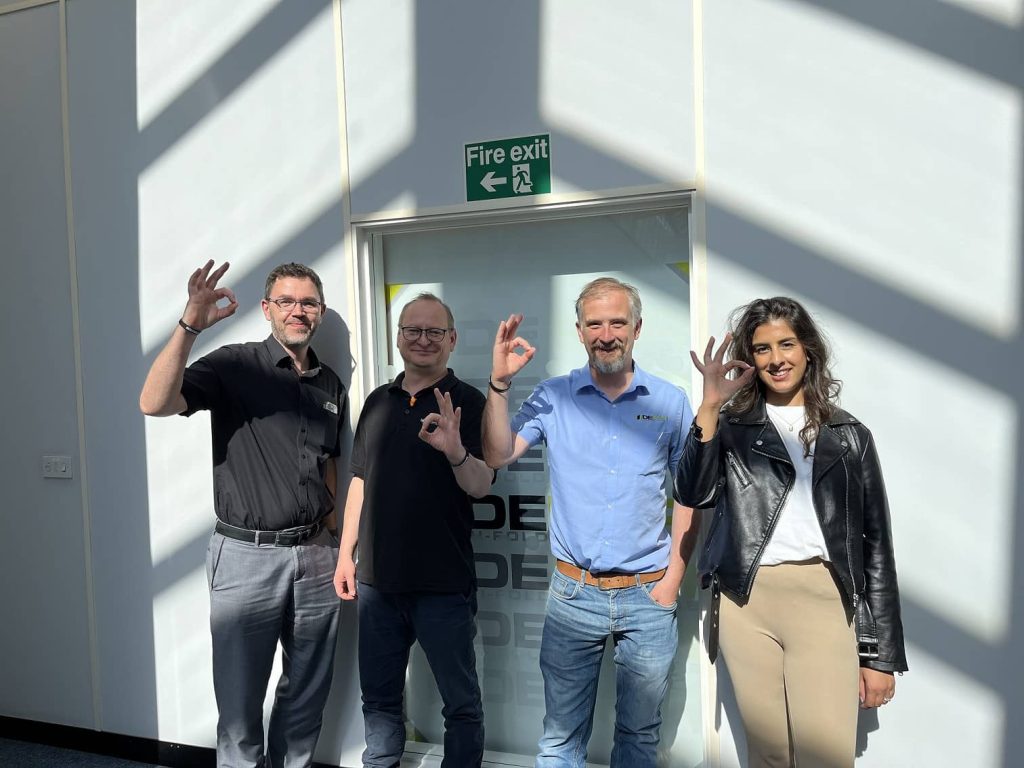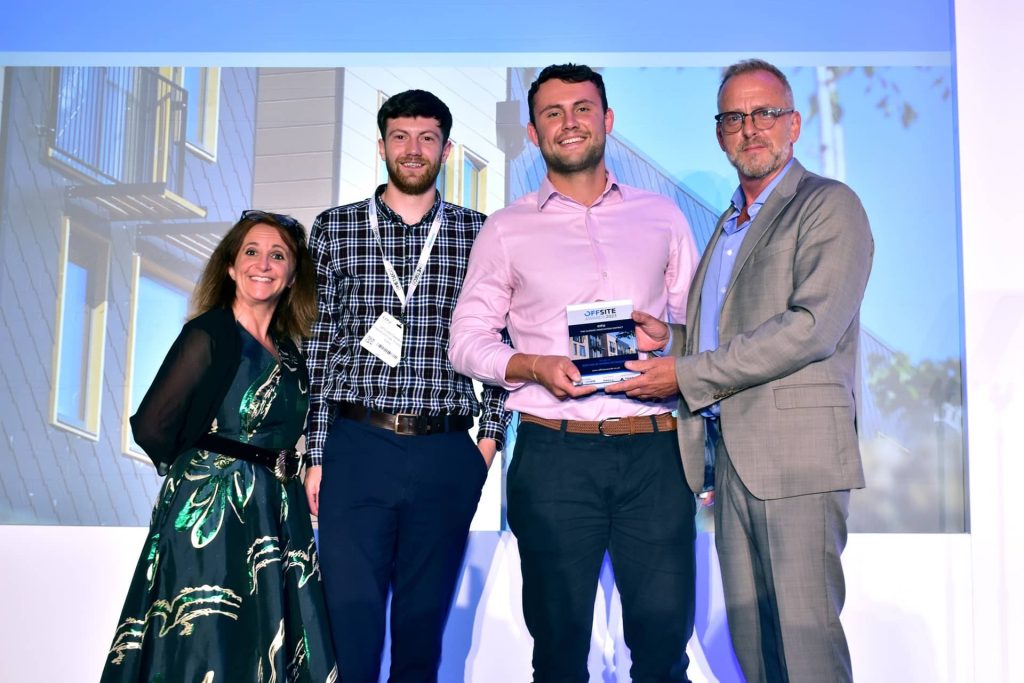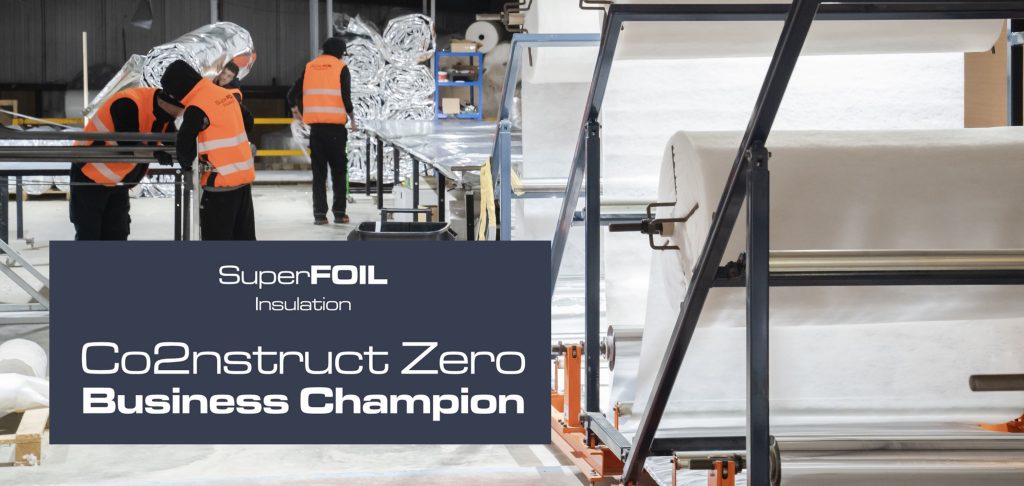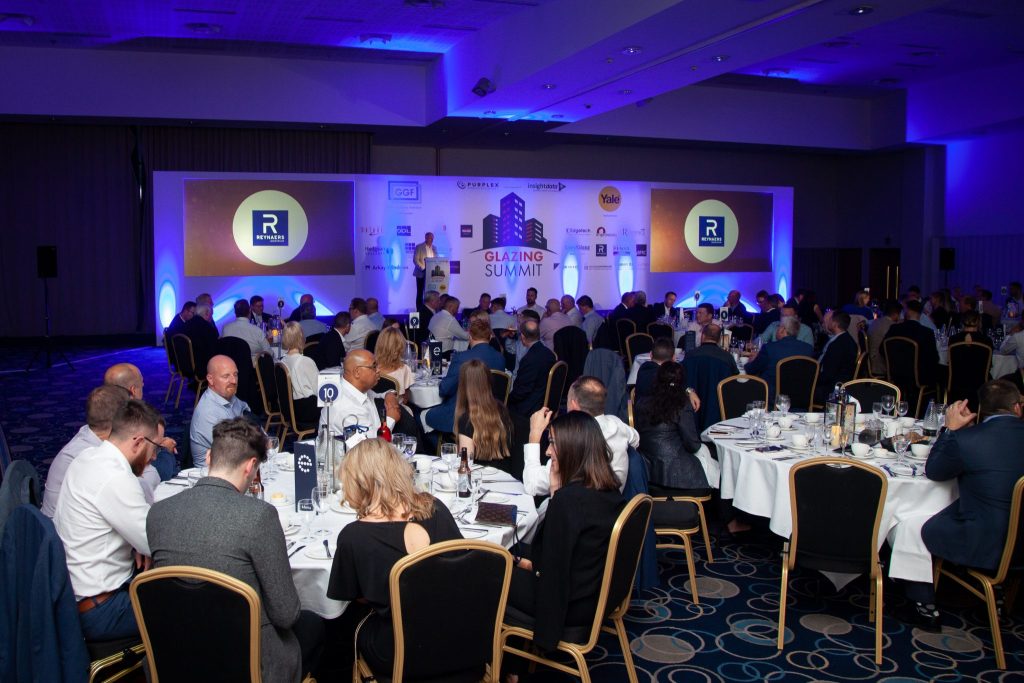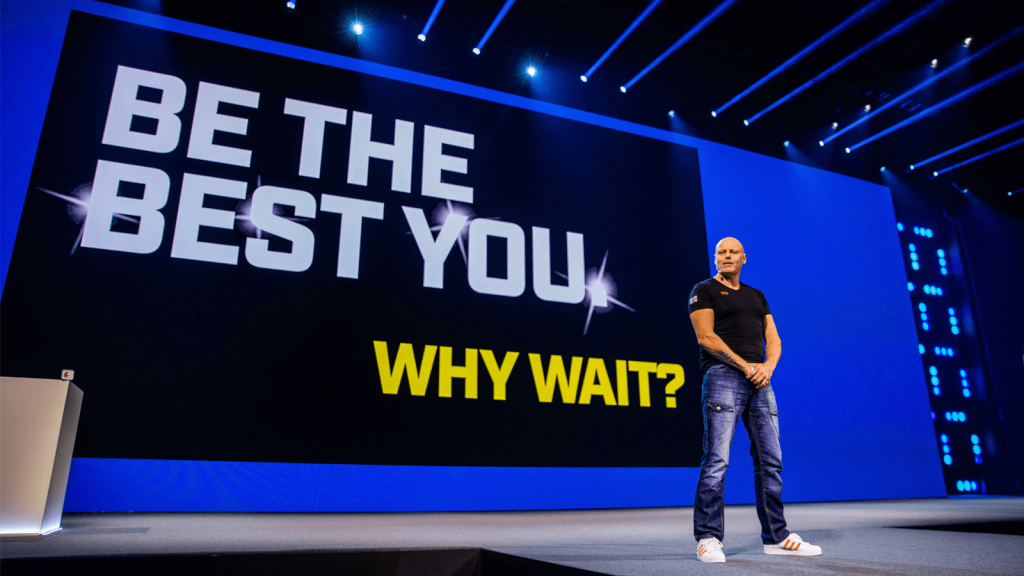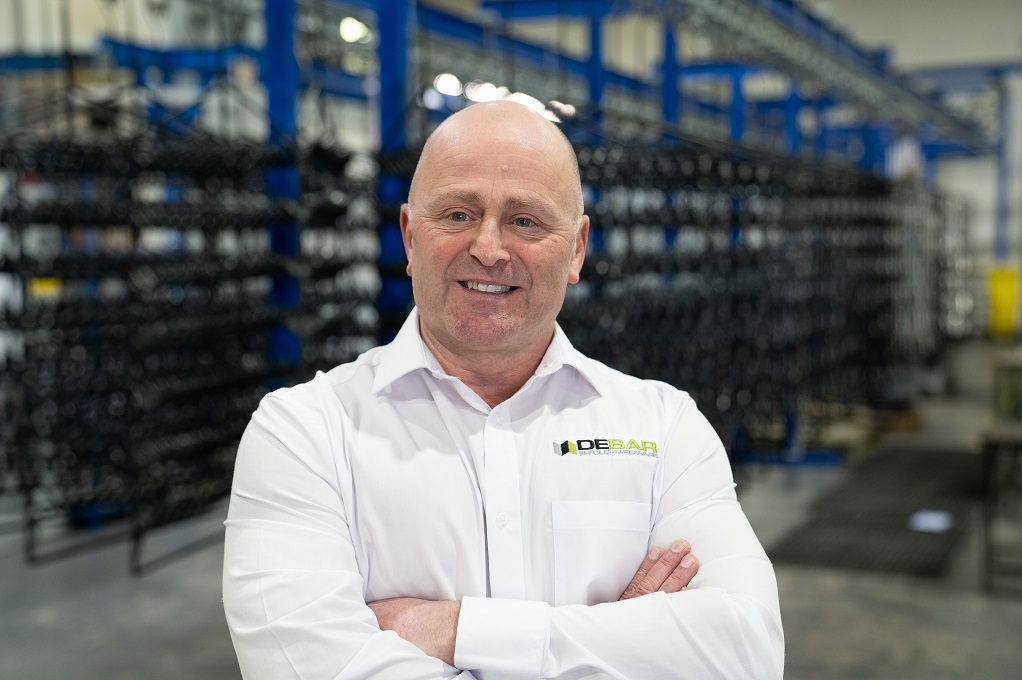Housebuilding with Baufritz
 Wandering around the Baufritz premises it is immediately evident that the factory is a well-oiled machine and I found the unbelievable attention to detail down to the last pre-drilled hole fascinating. Baufritz does all the detailed calculations and CAD work prior to the construction and it can cut timber rafters and boards to the exact length and size with pre-drilled holes, sockets, windows and plumbing ready for construction on site. The construction is so precise that windows fit mechanically into their pre-cut slots – there is no need to fill the gaps. The factory is automated, and the individual components of the house are stacked in the right order and delivered to site to fit in with the construction timescale of the house – all details thought-out in advance by the in-house logistics team.
Wandering around the Baufritz premises it is immediately evident that the factory is a well-oiled machine and I found the unbelievable attention to detail down to the last pre-drilled hole fascinating. Baufritz does all the detailed calculations and CAD work prior to the construction and it can cut timber rafters and boards to the exact length and size with pre-drilled holes, sockets, windows and plumbing ready for construction on site. The construction is so precise that windows fit mechanically into their pre-cut slots – there is no need to fill the gaps. The factory is automated, and the individual components of the house are stacked in the right order and delivered to site to fit in with the construction timescale of the house – all details thought-out in advance by the in-house logistics team.
Off-site construction
Baufritz builds 150-200 homes per year, with four or five homes being built at any one time in the factory and, according to the company, no two houses look the same. A standard four-bedroom house takes around a week to build in the factory and Baufritz installs provisions for all the electrics, plumbing, floors, cladding and roof in the factory.
The company says it looks to provide a service that is 100% eco-friendly and zero waste by using materials within a radius of 50km from its factory. All timber is cut to size automatically and roof panels arrive to site with battens and metal flashings already installed so all you need to do is hang the tiles. They also build the curtain walling themselves.
All the waste is collected and recycled on-site or elsewhere. Saw dust is collected to make wood pellets and any wood shavings created are mixed with whey and soda and re-used as insulation material for the walls and roof. The whey is fire-retardant, and the soda is said to kill off insects. The insulation is therefore completely natural and can be recycled which, according to Baufritz is not the case for many types of insulation. Baufritz says it only buys products that are eco-friendly and come with full disclosure from the manufacturer. All the homes its manufactures are built and finished to the same high standard.
The client chooses all the finishes they want at design stage, down to the door handles and basin in the bathrooms. This ensures that what is designed is what is delivered, which has so often been a problem in the UK. When the finer details are specified at such an early stage this also means that cost can be very accurately predicted for the customer.
Multi-generational living
The new Heimat 4.0 show home is designed with a nod to the old farm houses of the region with alcoves, an outside bench and a welcoming message in the entrance hall. Baufritz says it wants to encourage multi-generational living – something perhaps alien to us here in the UK – so the recent show homes have an annexe or separate living quarters for the grandparents of the family. The homes Baufritz constructs are carbon neutral, meaning their energy comes only from renewable sources and so the aim of Heimat 4.0 is to be as self-sufficient as possible with ÖkoFEN wood-pellet heating technology, battery storage and photovoltaic system. According to Oliver Rehm, chief executive officer of Baufritz, the first step to producing your own sustainable energy is reducing the amount of energy you and your family needs. To do this, you need to build your house to the highest standards of construction, ensuring it is well insulated – keeping it warm in the winter but also cooling it down in the summer. “Once you have done this, you can provide 95-100% of your energy yourself,” said Oliver.
It’s no secret that the UK construction sector has a problem with productivity which has been flat for the past two decades according to Mace Group_ with one report saying that 57% of time in construction is wasted. The Farmer Review published in October 2016 declared that the industry must “modernise or die”, which provided a wake-up call for the industry that if it did not embrace modern methods of production, it would face an “inexorable decline”. Off-site homes are about 30% faster to build than brick and block houses and come with the added benefits of shorter construction programmes, less labour, improved health and safety and more consistent high-quality finishes, which means that the potential to increase capacity is there. In the UK the government estimates that we need to build 300,000 homes per year to solve the housing shortage, and a recent report by Heriot-Watt University has actually put this figure at 340,000 homes per year. Building houses quickly and efficiently is all very well, but will it solve our housing crisis? According to Oliver, it is a possibility: “Off-site manufacturing is the ideal solution to produce houses efficiently and sustainably. Greater private and public investment could transform this relatively new industry to become a key player in solving housing shortages in the UK and elsewhere.”
With Baufritz homes growing in popularity in the UK, this remains to be seen. Currently, off-site construction accounts for only 10% of the current construction market but is said to be expanding by 35% per annum. It is a space to be watched which could potentially unlock UK construction productivity and go some way to solving our housing shortage.


